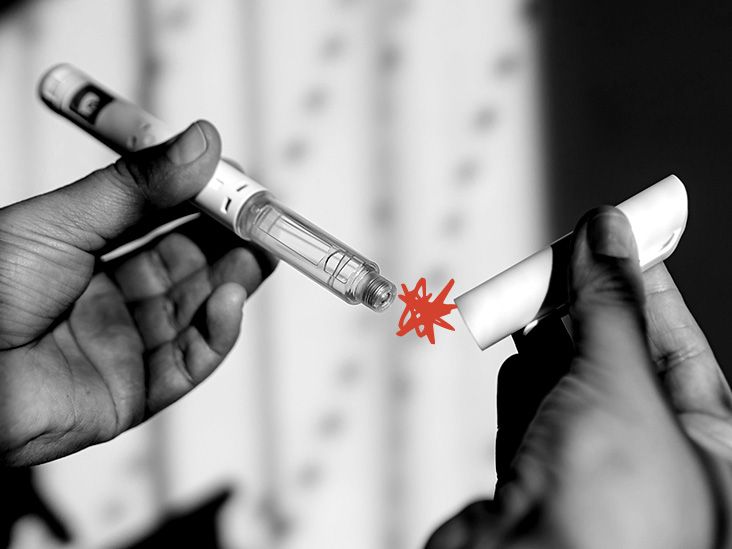A person’s blood clot risk factors can include some acquired or genetic conditions. Although blood clotting plays an important role in protecting a person’s body, abnormal blood clots can be fatal.
Blood clots are masses or clumps of blood that a person’s body forms due to blood vessel damage. Clotting is an important process that keeps a person’s body from harm through excessive bleeding.
A person’s body typically dissolves blood clots after their injury has healed. However, blood clots may not break down, or they may form inside uninjured blood vessels. A person’s body can also sometimes make abnormal blood clots or make too many.
Two
The Centers for Disease Control and Prevention (CDC) estimate that one American dies from a blood clot every
Read on to learn more about acquired and genetic blood clot risk factors and health conditions that raise a person’s risk.

Certain activities, lifestyle factors, or circumstances can
- hospitalization
- surgery
- pregnancy
Other acquired risk factors include:
- smoking
- obesity
- prolonged bed rest due to surgery, hospitalization, or illness
- long periods of sitting, such as during air or car travel
- physical trauma, particularly if a person has an injury to a vein
- dehydration
- organ transplants
Genetic sources of excessive blood clotting are less
People with a genetic blood clotting disorder have an increased risk of blood clots. However, having a genetic disorder does not guarantee that a person will experience a blood clot.
Genetic variations affect the proteins a person’s blood requires to clot effectively. They can also affect the substances that allow a person’s body to dissolve blood clots or delay their formation. People are more likely to have genetic blood clot risk factors if they have:
- family members who have had blood clots
- a history of repeated blood clots before 40 years old
- a history of unexplained miscarriages
Some
Other rarer blood clotting disorders include:
- deficiencies in blood clotting proteins such as:
- protein C
- protein S
- antithrombin
- hyperhomocysteinemia — a condition where a person has high levels of homocysteine in their blood
- sticky platelet syndrome
Some other health conditions can
- Cancer: Some types of cancer can raise the amount of proteins in a person’s blood, which can result in blood clots.
- Atherosclerosis: This is a condition where deposits of fats, cholesterol, and other substances — called plaques — build up in a person’s arteries. If the plaque deposits then rupture, blood clots may form. The clots may block or narrow a person’s artery, causing health problems.
- Deep vein thrombosis (DVT): DVT is a condition where a blood clot forms in a person’s deep vein. The clots usually develop in a person’s legs but can also develop in their arms. If the clots break off and travel through a person’s blood to their lungs, it can cause serious or fatal complications.
- Diabetes: People with diabetes have a higher risk of plaque buildup in their arteries. This buildup can cause blood clots to form.
- COVID-19: People with COVID-19 may
developTrusted Source blood clots in multiple places in their bodies. These clots can cause serious complications, including organ damage, heart attack, and stroke. Researchers believe inflammation caused by the SARS-CoV-2 virus may trigger blood clotting. - Vasculitis: This disorder causes inflammation and damage in a person’s blood vessels. Clots can then form over the damaged areas.
- Atrial fibrillation (A-fib): A-fib is the most common type of irregular heartbeat, also known as arrhythmia. Clots form in A-fib when blood fails to pump appropriately from the heart to the rest of the body.
The estrogen in some medications can
A person’s risk of blood clots with estrogen-based medication is
People can help reduce their risk of blood clots with certain strategies and lifestyle changes, such as:
- maintaining a medically recommended weight
- staying hydrated
- being physically active, with at least 150 minutes of moderate-intensity activity per week for adults
- changing sitting or standing position often, especially during long trips
- eating a diet rich in:
- fruits
- vegetables
- whole grains
- eating a diet low in:
- salt
- red meat
- managing stress
- not smoking
- raising the foot of their bed 4–6 inches
- occasionally safely raising their legs 6 inches above their heart
- wearing tight-fitting clothing, including socks or stockings
- wearing compression stockings if prescribed by a healthcare professional
Blood clotting plays an important role in the body’s bleeding process. However, abnormal blot clots can have serious or possibly fatal complications.
There are many blood clot risk factors. Some medical conditions raise a person’s risk of blood clots. Other blood clots are due to lifestyle factors, medications, and certain genetic conditions. People may be able to reduce their risk of blood clots with simple tips and lifestyle changes.


